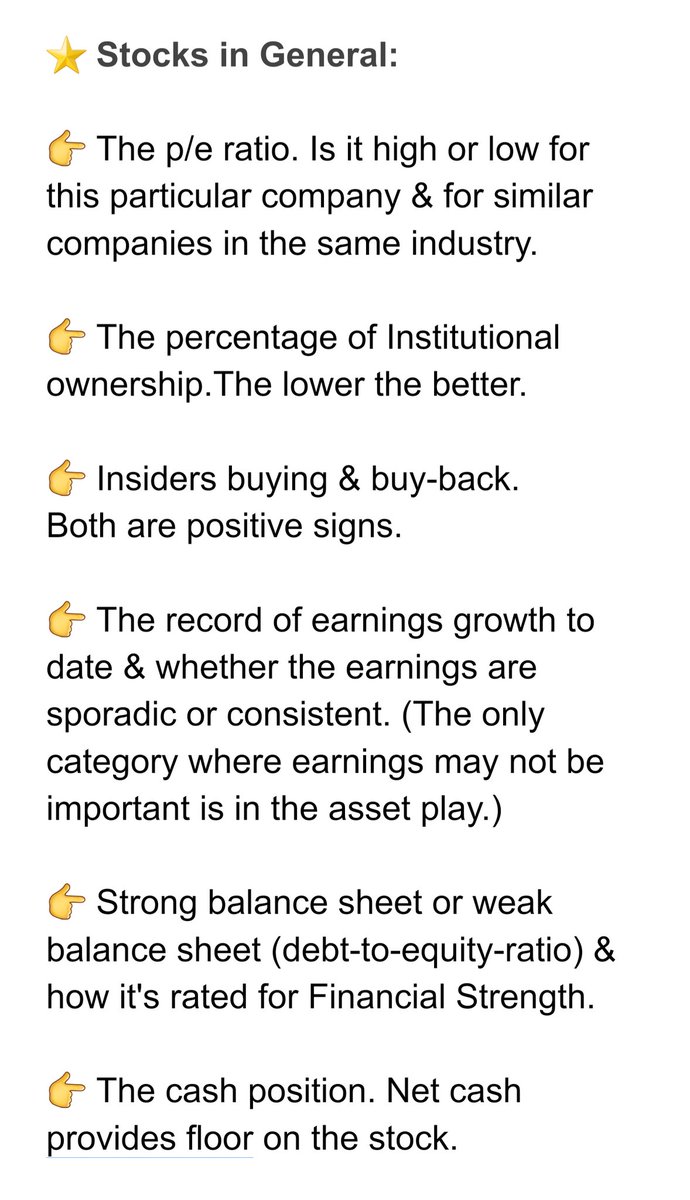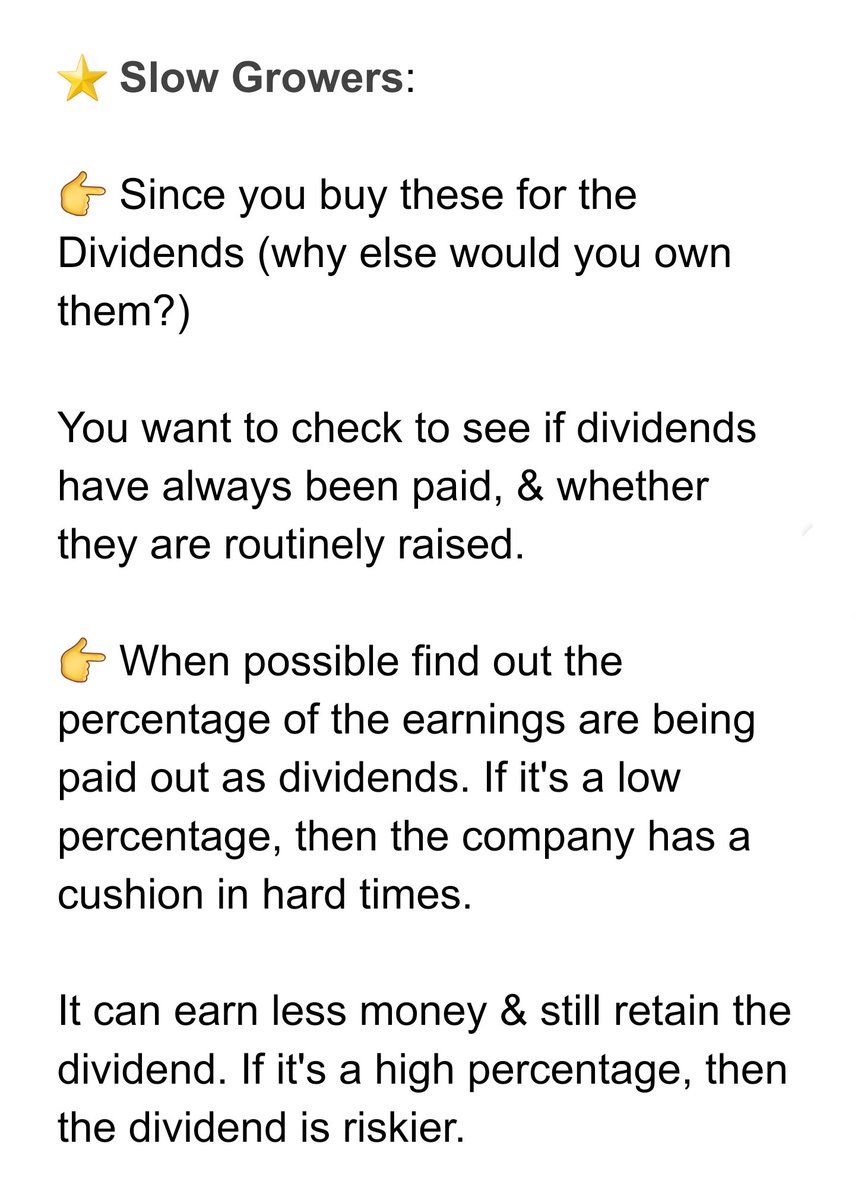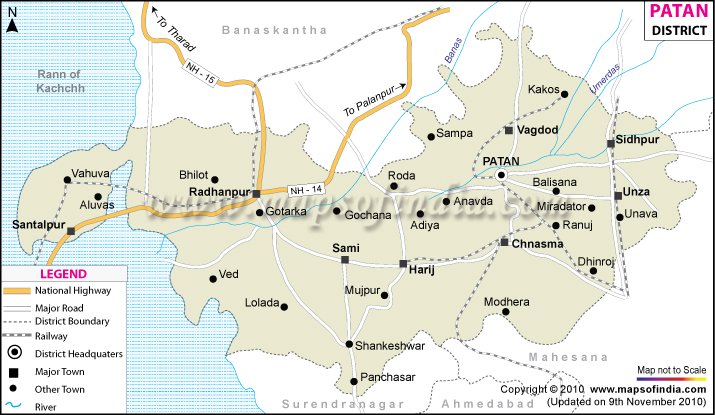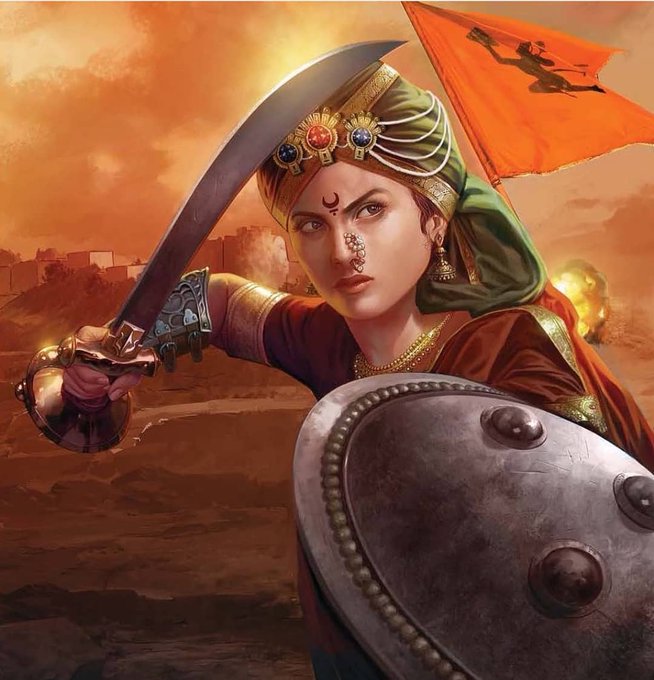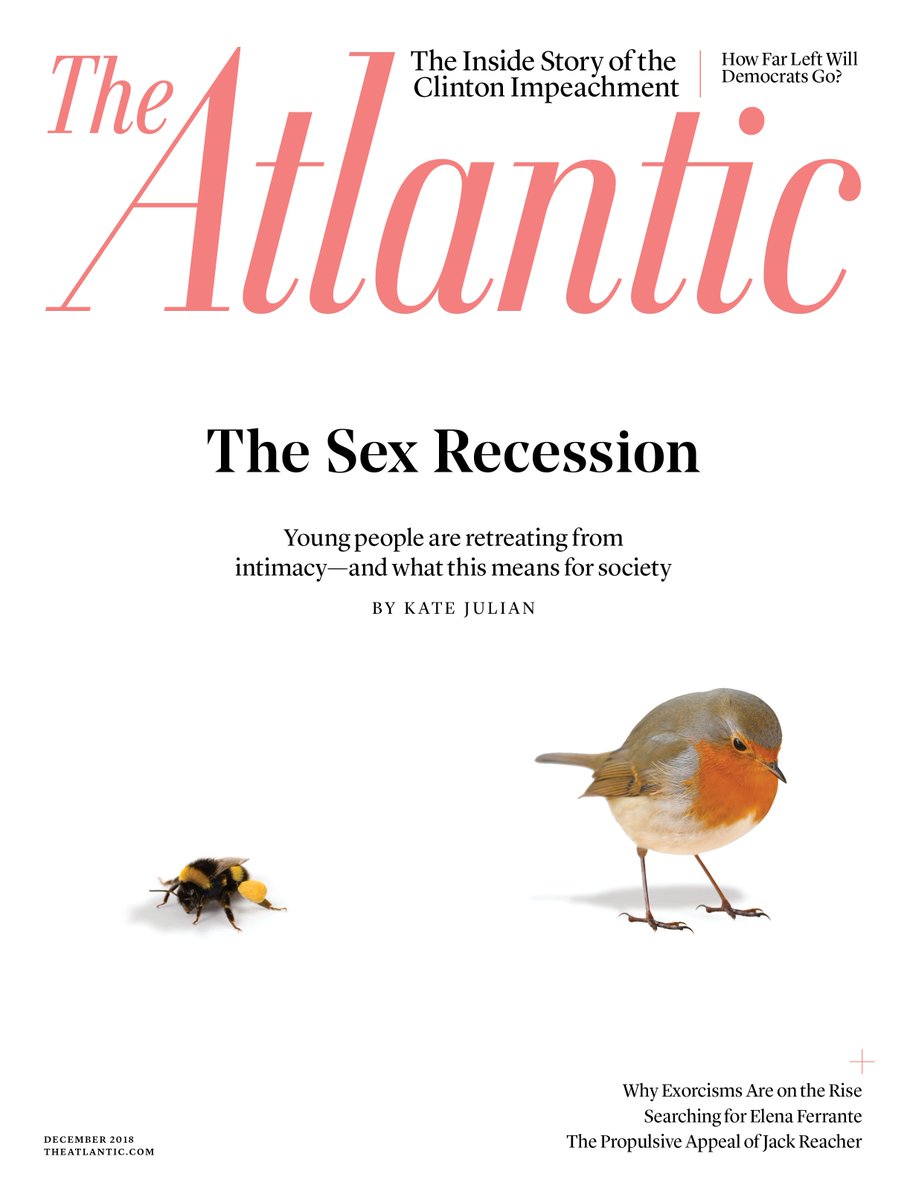The system is rigged against the poor, and weighted heavily in favour of the rich. 2/
So what will be the aftermath of this GME event?
These are simply my guesses, I don't actually know.
Wallstreet will likely push for licenses being necessary to trade, or put more limits on how many trades you can make, or some other way to screw the average person trading. 1/
The system is rigged against the poor, and weighted heavily in favour of the rich. 2/
It's possible, but I doubt it.
It would open up new precedents and the optics would be terrible- i.e. shutting down the market because greedy hedgefunds fucked up, and normal people are taking them to the cleaners. 3/
4/
Anything more than that, I'm not sure.
I think the media will push the threat of the government shutting down trading, in order to scare people into selling, to give short sellers a way out. 5/
And these media giants are some of the biggest, richest, most influential men on the planet. So they're gonna try and help their hedgefund pals out. 6/
They're pushing all sorts of bullshit, like these Reddit guys are manipulating the stock illegally (they're not). 7/
Like, really? REALLY?
These foreign governments don't go after banks, or the US treasury? They go after gamestop? THAT'S YOUR ARGUMENT!?! 8/
What do you guys think is gonna happen?
Brokers are allowing people to sell GME, but not allowing them to buy GME.
— Aaron D. (@MrBrownEyes2020) January 28, 2021
This forces the price down, and is literally market manipulation. Which is illegal.#GME #Gamestop #TheGameIsRigged pic.twitter.com/3rMhgPtKnT
More from Trading
It's much more powerful than you think
9 things TradingView can do, you'll wish you knew yesterday: 🧵
Collaborated with @niki_poojary
1/ Free Multi Timeframe Analysis
Step 1. Download Vivaldi Browser
Step 2. Login to trading view
Step 3. Open bank nifty chart in 4 separate windows
Step 4. Click on the first tab and shift + click by mouse on the last tab.
Step 5. Select "Tile all 4 tabs"
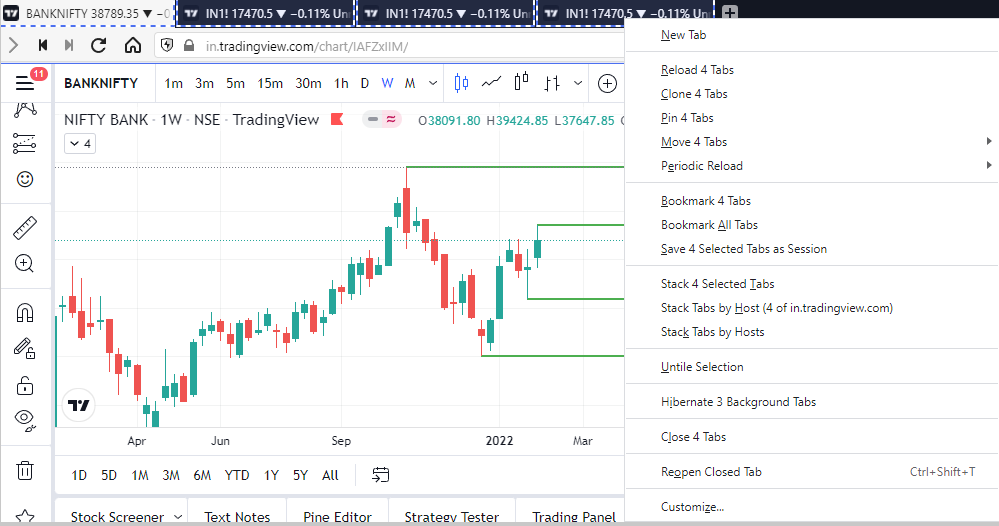
What happens is you get 4 charts joint on one screen.
Refer to the attached picture.
The best part about this is this is absolutely free to do.
Also, do note:
I do not have the paid version of trading view.
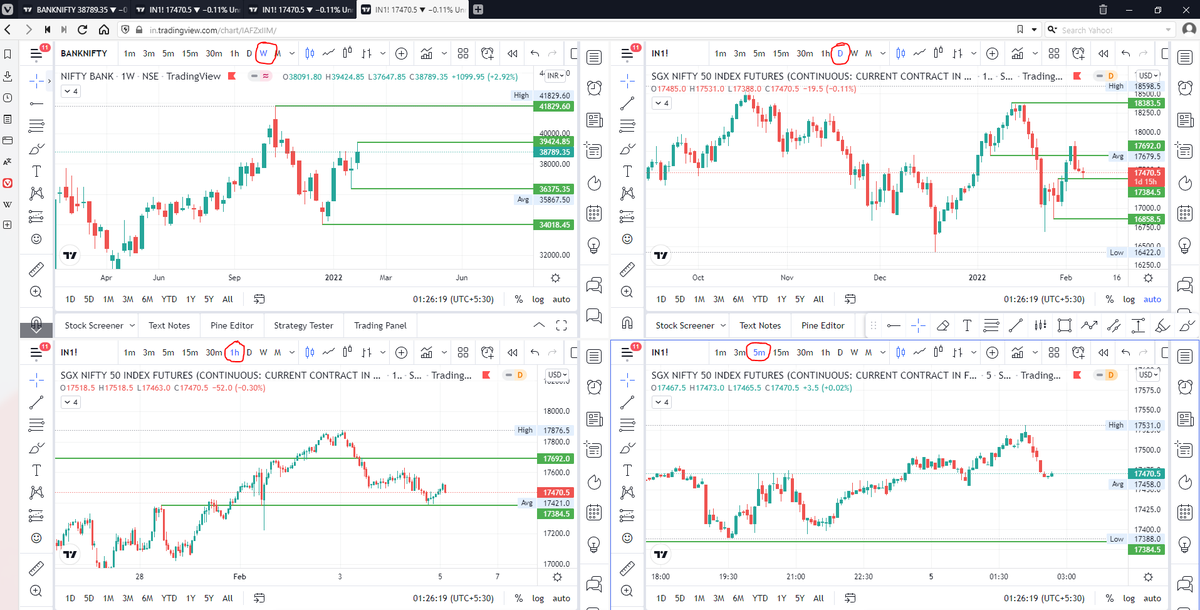
2/ Free Multiple Watchlists
Go through this informative thread where @sarosijghosh teaches you how to create multiple free watchlists in the free
\U0001d5e0\U0001d602\U0001d5f9\U0001d601\U0001d5f6\U0001d5fd\U0001d5f9\U0001d5f2 \U0001d600\U0001d5f2\U0001d5f0\U0001d601\U0001d5fc\U0001d5ff \U0001d604\U0001d5ee\U0001d601\U0001d5f0\U0001d5f5\U0001d5f9\U0001d5f6\U0001d600\U0001d601 \U0001d5fc\U0001d5fb \U0001d5e7\U0001d5ff\U0001d5ee\U0001d5f1\U0001d5f6\U0001d5fb\U0001d5f4\U0001d603\U0001d5f6\U0001d5f2\U0001d604 \U0001d602\U0001d600\U0001d5f6\U0001d5fb\U0001d5f4 \U0001d601\U0001d5f5\U0001d5f2 \U0001d5d9\U0001d5e5\U0001d5d8\U0001d5d8 \U0001d603\U0001d5f2\U0001d5ff\U0001d600\U0001d5f6\U0001d5fc\U0001d5fb!
— Sarosij Ghosh (@sarosijghosh) September 18, 2021
A THREAD \U0001f9f5
Please Like and Re-Tweet. It took a lot of effort to put this together. #StockMarket #TradingView #trading #watchlist #Nifty500 #stockstowatch
3/ Free Segregation into different headers/sectors
You can create multiple sections sector-wise for free.
1. Long tap on any index/stock and click on "Add section above."
2. Secgregate the stocks/indices based on where they belong.
Kinda like how I did in the picture below.
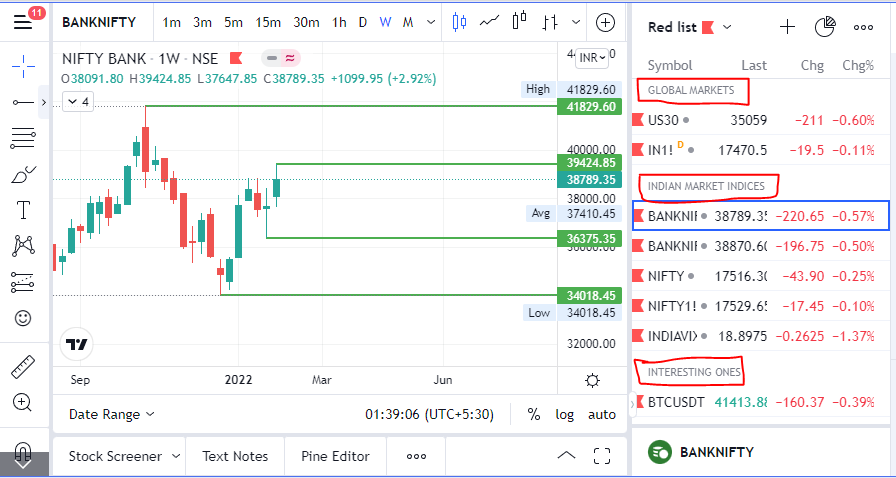
You May Also Like
Legacy site *downloads* ~630 KB CSS per theme and writing direction.
6,769 rules
9,252 selectors
16.7k declarations
3,370 unique declarations
44 media queries
36 unique colors
50 unique background colors
46 unique font sizes
39 unique z-indices
https://t.co/qyl4Bt1i5x

PWA *incrementally generates* ~30 KB CSS that handles all themes and writing directions.
735 rules
740 selectors
757 declarations
730 unique declarations
0 media queries
11 unique colors
32 unique background colors
15 unique font sizes
7 unique z-indices
https://t.co/w7oNG5KUkJ

The legacy site's CSS is what happens when hundreds of people directly write CSS over many years. Specificity wars, redundancy, a house of cards that can't be fixed. The result is extremely inefficient and error-prone styling that punishes users and developers.
The PWA's CSS is generated on-demand by a JS framework that manages styles and outputs "atomic CSS". The framework can enforce strict constraints and perform optimisations, which is why the CSS is so much smaller and safer. Style conflicts and unbounded CSS growth are avoided.



